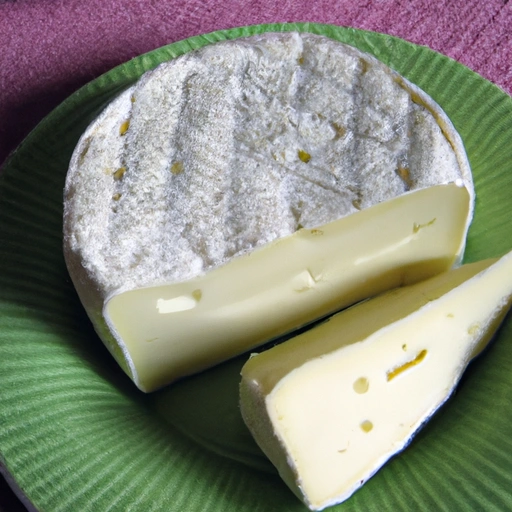Neufchatel
Description

Neufchatel is a soft, slightly crumbly, mold-ripened cheese that originated in the Normandy region of France. It's recognized for its distinct heart shape and smooth, velvety texture. While it bears similarity to cream cheese, Neufchatel is lower in fat and has a slightly grainier texture. In the United States, Neufchatel is often labeled as 'cream cheese Neufchatel,' which refers to a cream cheese product that contains about 1/3 less fat than regular cream cheese.
When working with Neufchatel in recipes, both American and European units are commonly used. In American recipes, ingredients might be measured in ounces (oz) or pounds (lbs), while European or other international recipes might use grams (g) or kilograms (kg). For liquids, tablespoons (tbsp), teaspoons (tsp), cups, fluid ounces (fl oz), milliliters (ml), and liters (l) are typical units of measurement.
Common uses
Neufchatel is commonly used as a spread on bagels and bread, as well as in cheesecakes, frostings, dips, and a variety of sweet and savory dishes. It can be enjoyed on its own, paired with fruit or nuts, or used as a filling in pastries. Its creamy texture and mild flavor make it a versatile ingredient in cooking and baking.
Nutritional value
Calories
Neufchatel typically contains around 70 calories per ounce (28 grams).
Protein
It provides about 4 grams of protein per ounce (28 grams).
Fat
The fat content of Neufchatel cheese is approximately 6 grams per ounce (28 grams), with about 4 grams being saturated fat.
Carbohydrates
Neufchatel has negligible carbohydrate content, usually less than 1 gram per ounce (28 grams).
Vitamins
Neufchatel contains small amounts of Vitamin A and some B vitamins.
Minerals
It also offers minerals like calcium and phosphorus.
Health benefits
Due to its lower fat content compared to traditional cream cheese, Neufchatel can be a healthier option for those looking to reduce their fat intake. The presence of protein and calcium supports muscle and bone health, while the probiotics found in some varieties of Neufchatel can aid in digestion.
Potential risks
As with any cheese, Neufchatel should be consumed in moderation, particularly by individuals with lactose intolerance or a sensitivity to dairy. Its saturated fat content also suggests moderate consumption to maintain a balanced diet.
Common recipes
Neufchatel is often used in recipes for cheesecakes, frostings, spreads, and dips. It's also a common ingredient in pasta sauces and can be used as stuffing in meats or added to omelets and quiches.
Cooking methods
It can be used in both cold and cooked dishes and melts well when heated, making it suitable for a range of cooking methods.
Pairing with other ingredients
Neufchatel pairs well with fruits like strawberries and figs, nuts such as almonds and walnuts, and is complemented by honey and jams. It also goes well with a variety of herbs and spices, making it a flexible cheese for flavor pairings.
Summary
Neufchatel is a delightful cheese with a rich history, noted for its creamy texture and lower fat content. Its versatility in cooking and baking makes it a popular choice for a variety of dishes, offering a delicious alternative for those seeking to reduce their fat intake without sacrificing flavor. Whether used in a classic French recipe or as a substitute in an American dish, Neufchatel cheese brings a touch of elegance and a smooth, tangy flavor to the table.